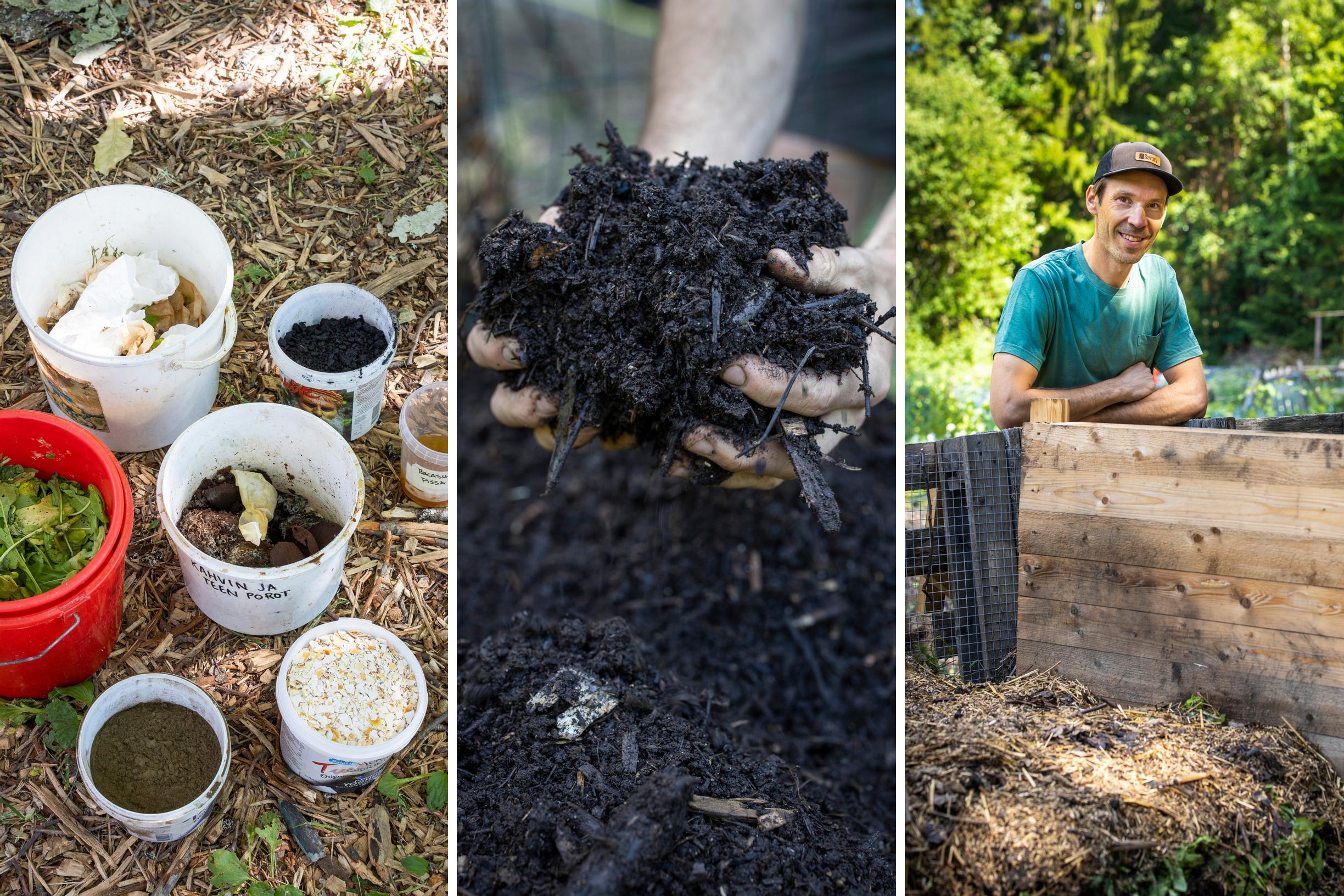
Turn waste into soil and mulch: Kimmo’s lasagna-style compost method
Composting is the passion of agroecological gardener Kimmo Englund, who tends the Uoma Earthcare garden in Vantaa. He has studied various methods and skillfully combines them. Check out Kimmo’s tips for a lasagna-style compost at the end of the article!
Kimmo Englund’s hand clenches into a tight fist. The few dark droplets that seep out between his fingers make him smile with satisfaction.
“The droplets indicate that this compost has exactly the right amount of moisture. If the compost gets really hot, you need to wear gloves because it can burn your skin,” he points out.
The squeeze test is an easy way to check the compost’s composition. To do it, scoop a handful of compost from the center and squeeze. If one or two drops come out, the moisture level is correct. If you get more drops, it’s too wet, and you need to add dry filler to fix it.
It’s more common, though, to get no drops at all because the material is so dry.
“Too much dryness is the most common reason the compost doesn’t work. I often have to water mine during the summer.”
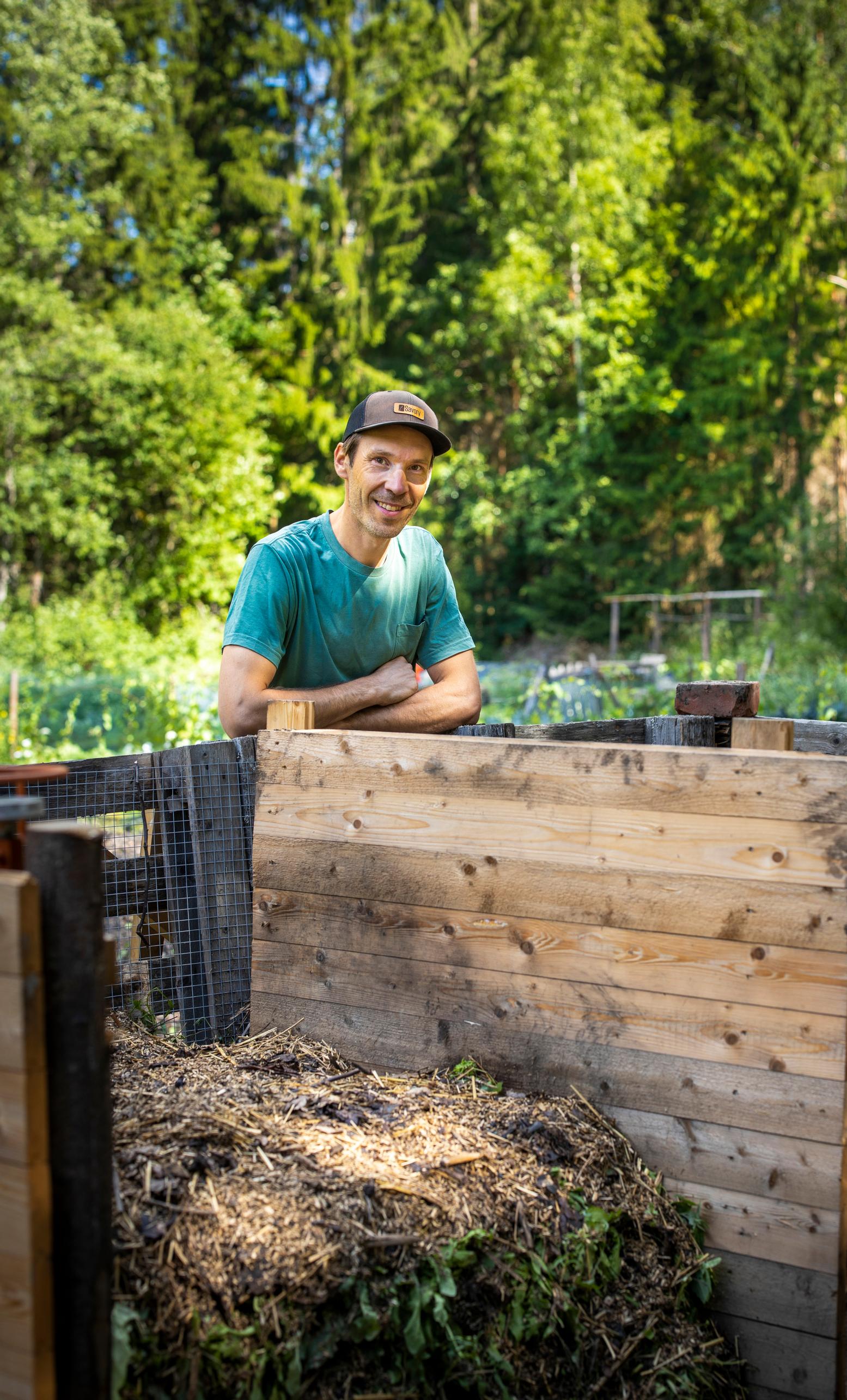
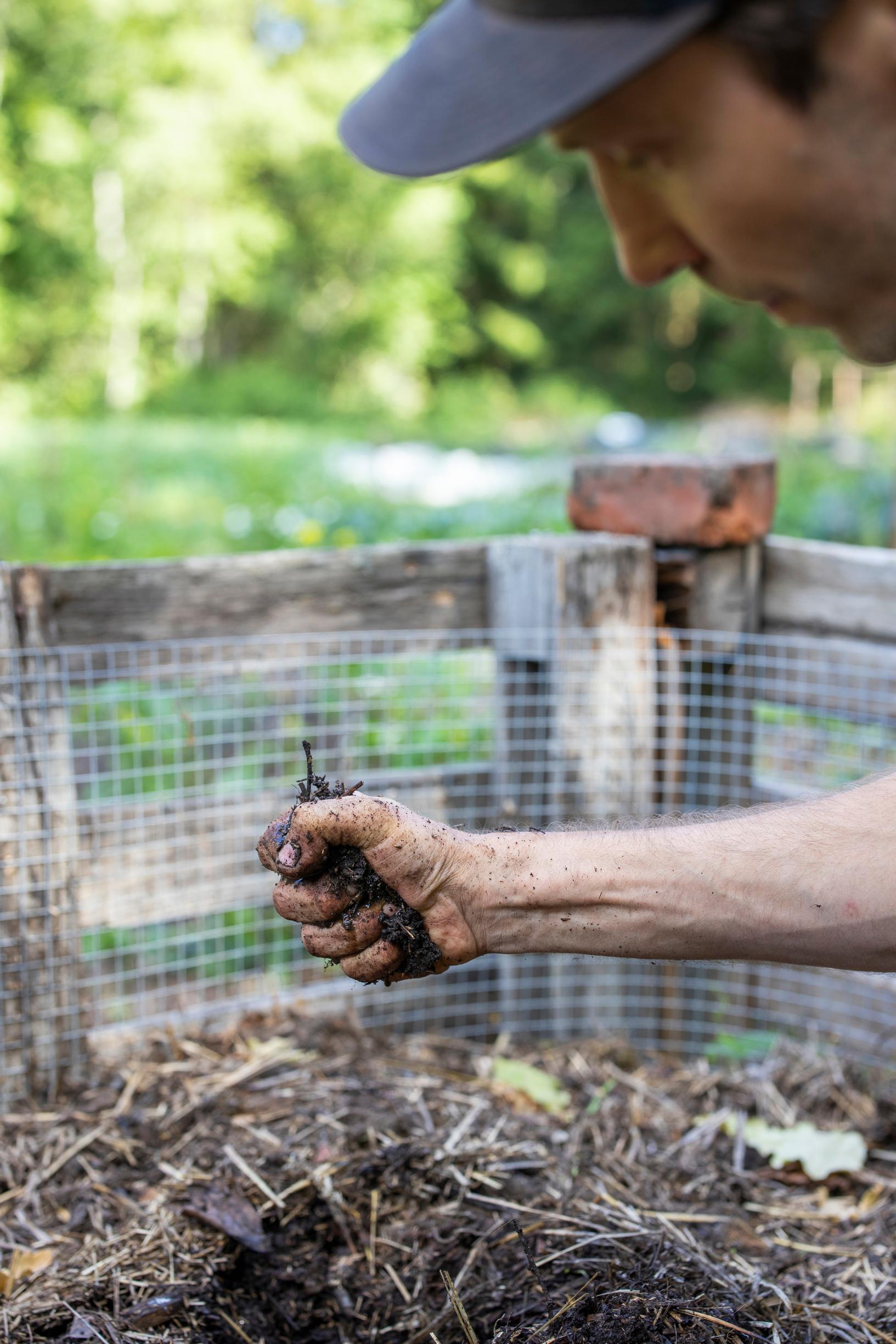
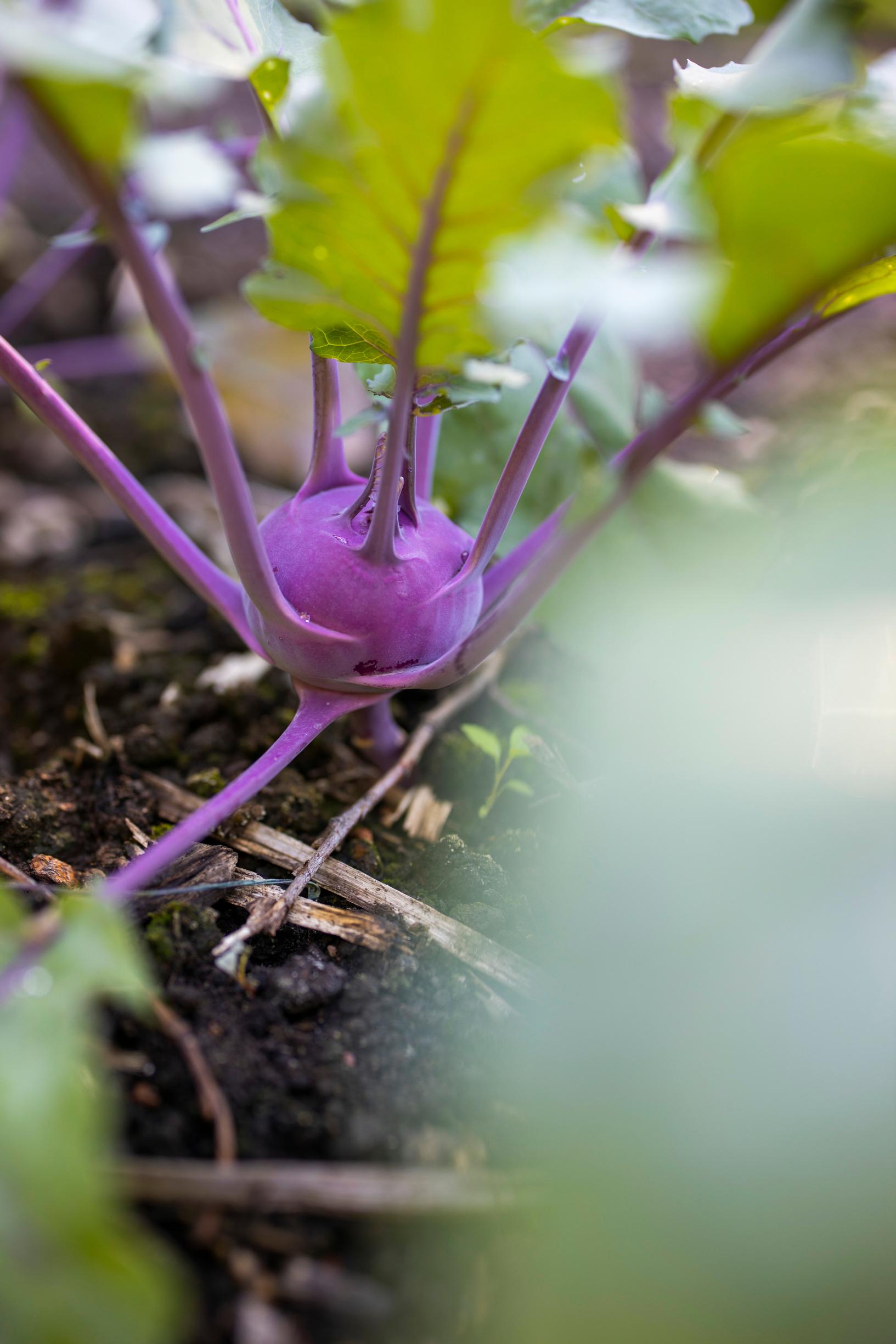
Kimmo and his partner, natural product advisor Maija Suomela founded Uoma Earthcare’s agroecological garden in Vantaa in 2022. Agroecological farming aims to produce food self-sufficiently in nutrients and energy. Kimmo grows dozens of vegetable varieties, most of which end up in harvest boxes for customers in the Helsinki metropolitan area.
The garden beds at Uoma Earthcare were set up using the no dig method, meaning raised beds on top of the soil filled with rich compost. This approach makes it easier to establish bigger growing areas while preserving soil health, which can be disturbed by digging and turning.
When the garden beds were created, they used store-bought compost soil to save time, but Kimmo’s goal is to rely entirely on his own compost in the future. He finds different composting methods, microbes, and soil care so fascinating that he calls himself a gardener-slash-soil maker.
“I’m drawn to the idea of recycling plant waste into valuable material that boosts the vitality and diversity of the garden. I’ve even examined compost under the microscope to see all the life in there.”
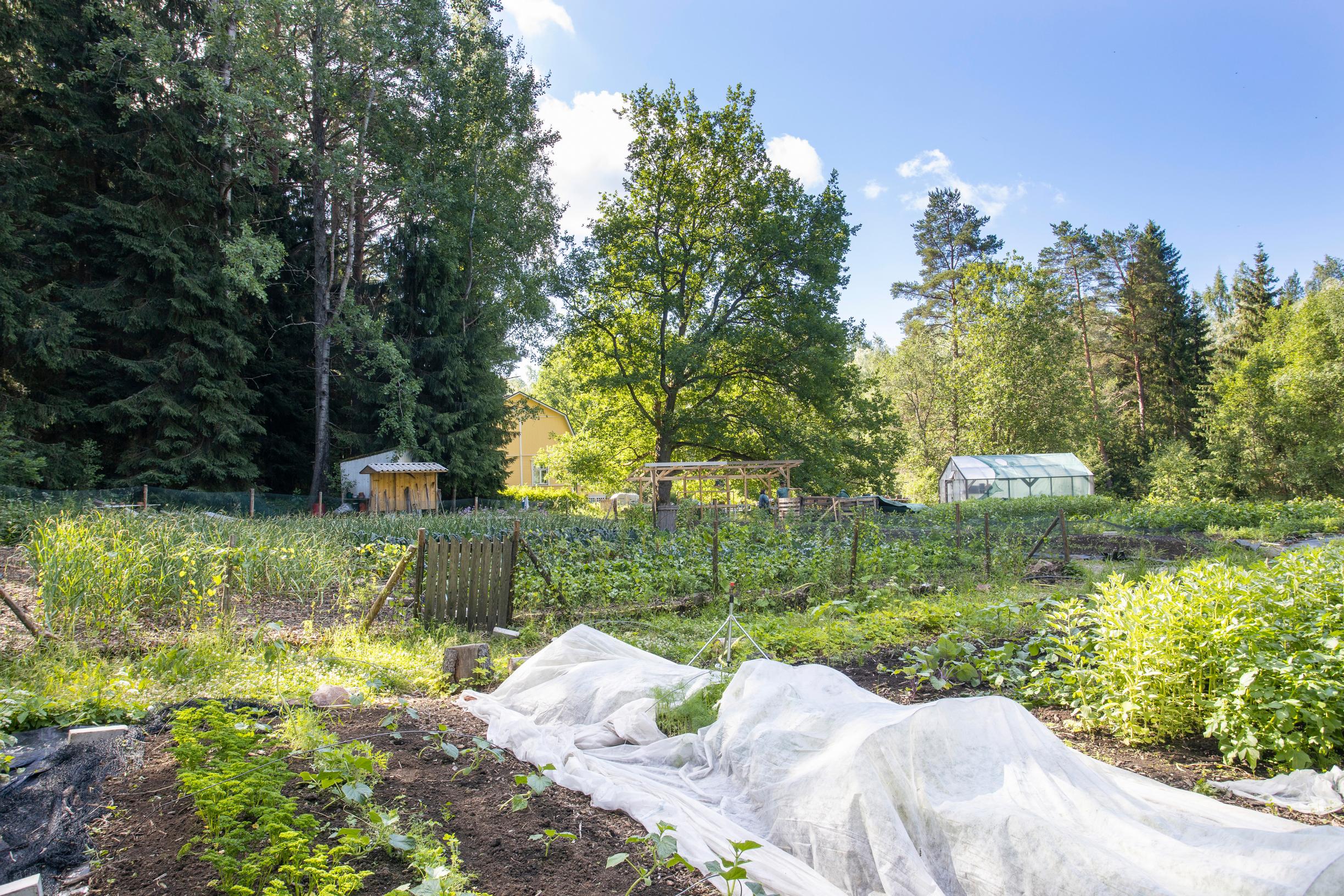
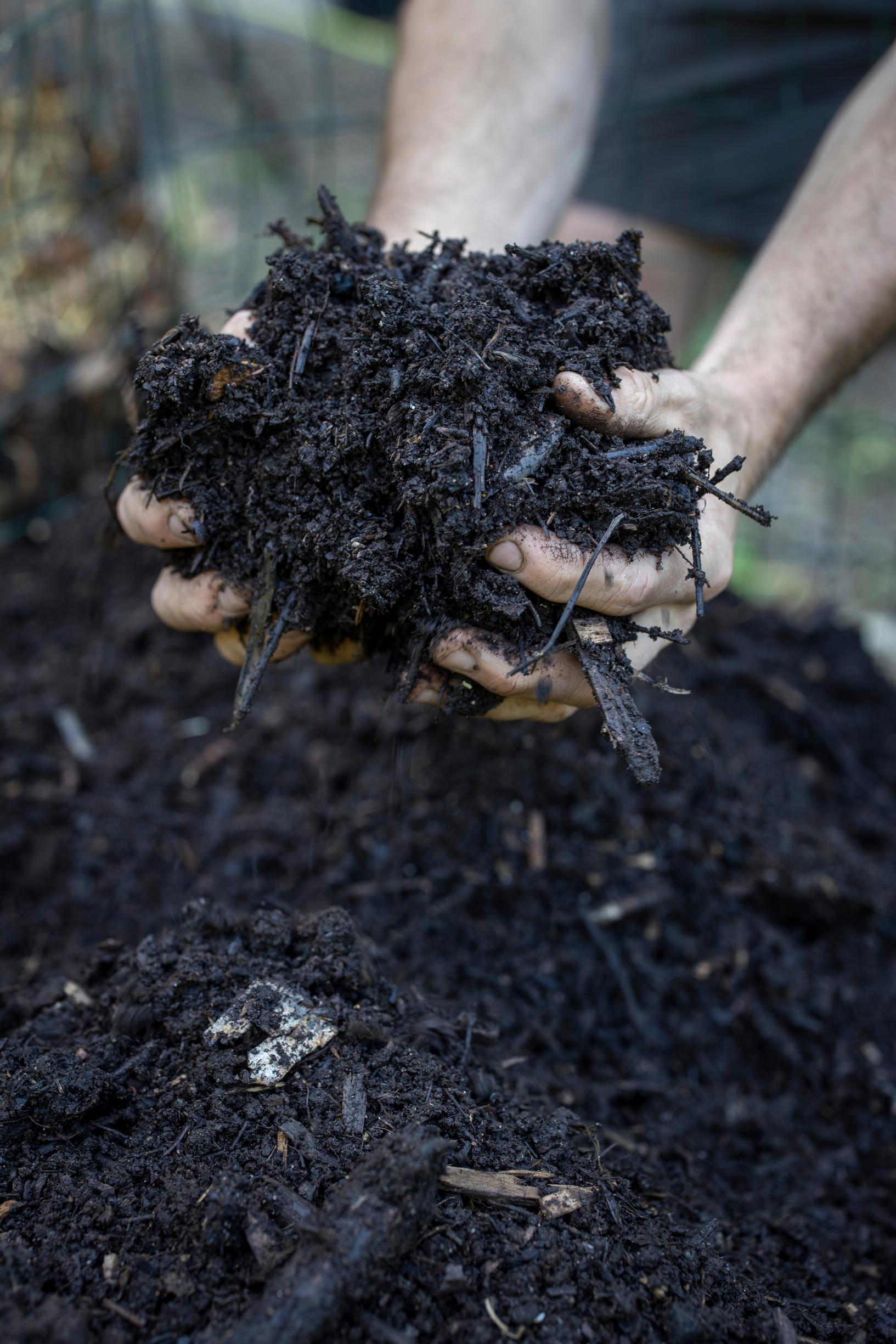
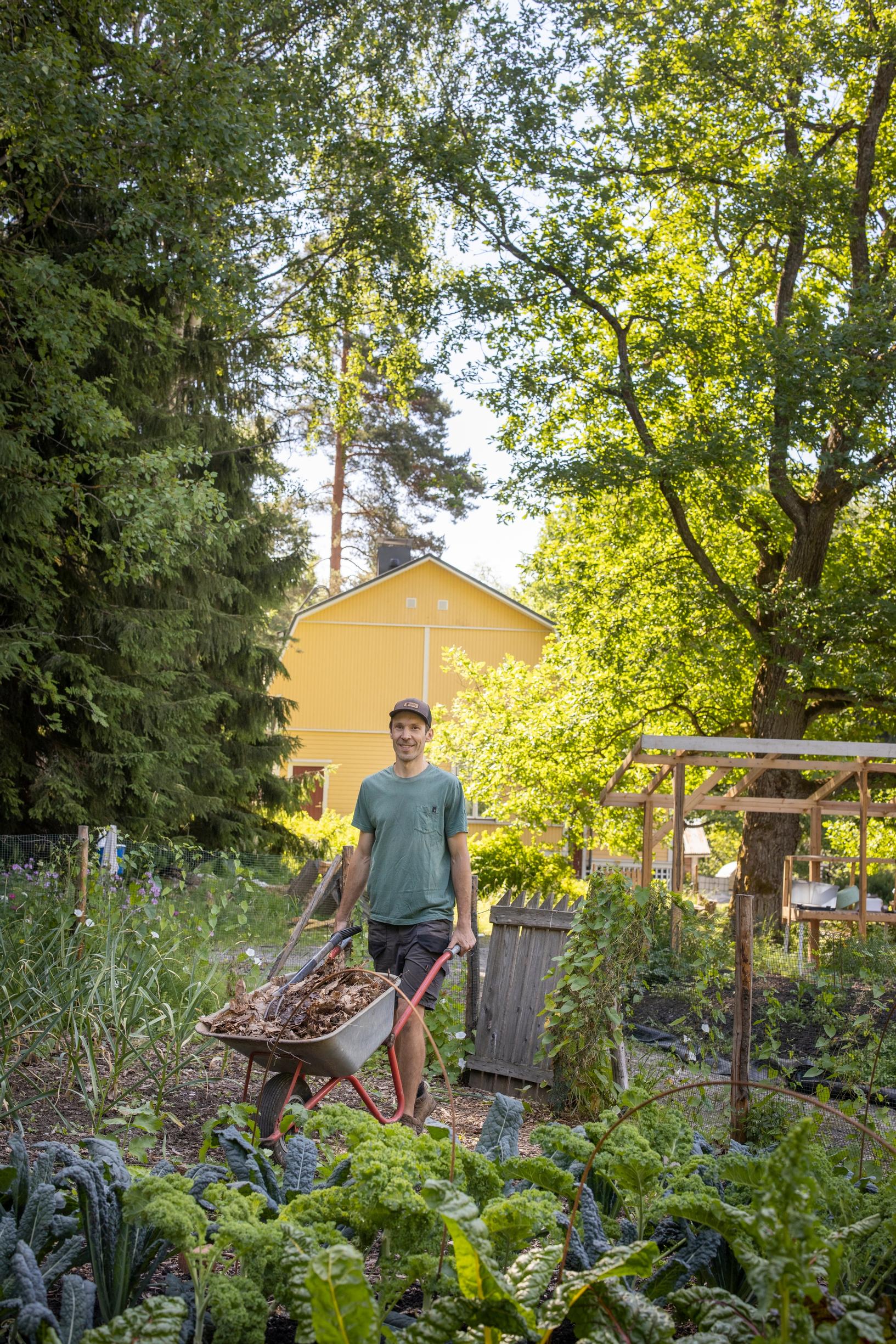
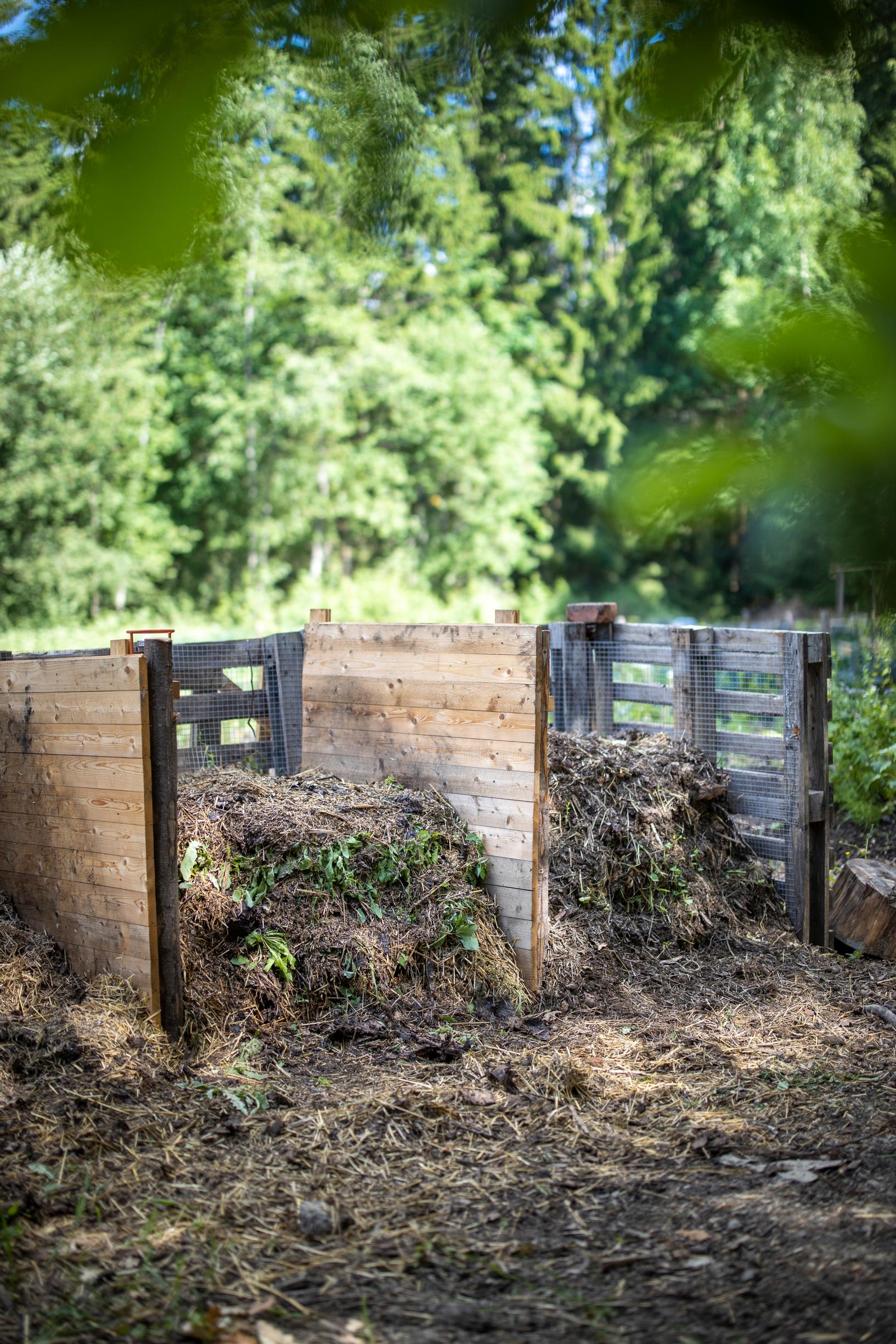
Kimmo layers his compost lasagna style, alternating carbon-rich (brown) and nitrogen-rich (green) materials as if they were pasta sheets and sauces. Brown materials include things like wood chips, dried stems of perennials, and leaves, while green materials are fresh plant waste.
For a lasagna compost, place brown materials at the bottom to soak up moisture and keep it airy. Then add layers of green and brown materials, each about 5–10 centimeters (about 2–4 inches) thick, leaning slightly more toward brown overall—an ideal ratio is 60 percent brown. Kimmo also adds biochar, which he makes from cleared brush on the property.
Finally, the compost is covered with a thick, felt-like compost blanket. It retains heat and moisture while still allowing airflow, and it also shields the compost from rain. Kimmo often lets it mature for over a year.
“I’ve also composted without a cover, but without it, the compost dries out very quickly. Unfortunately, compost blankets aren’t widely available in Finland. I got mine through the Biodynamic Association.”
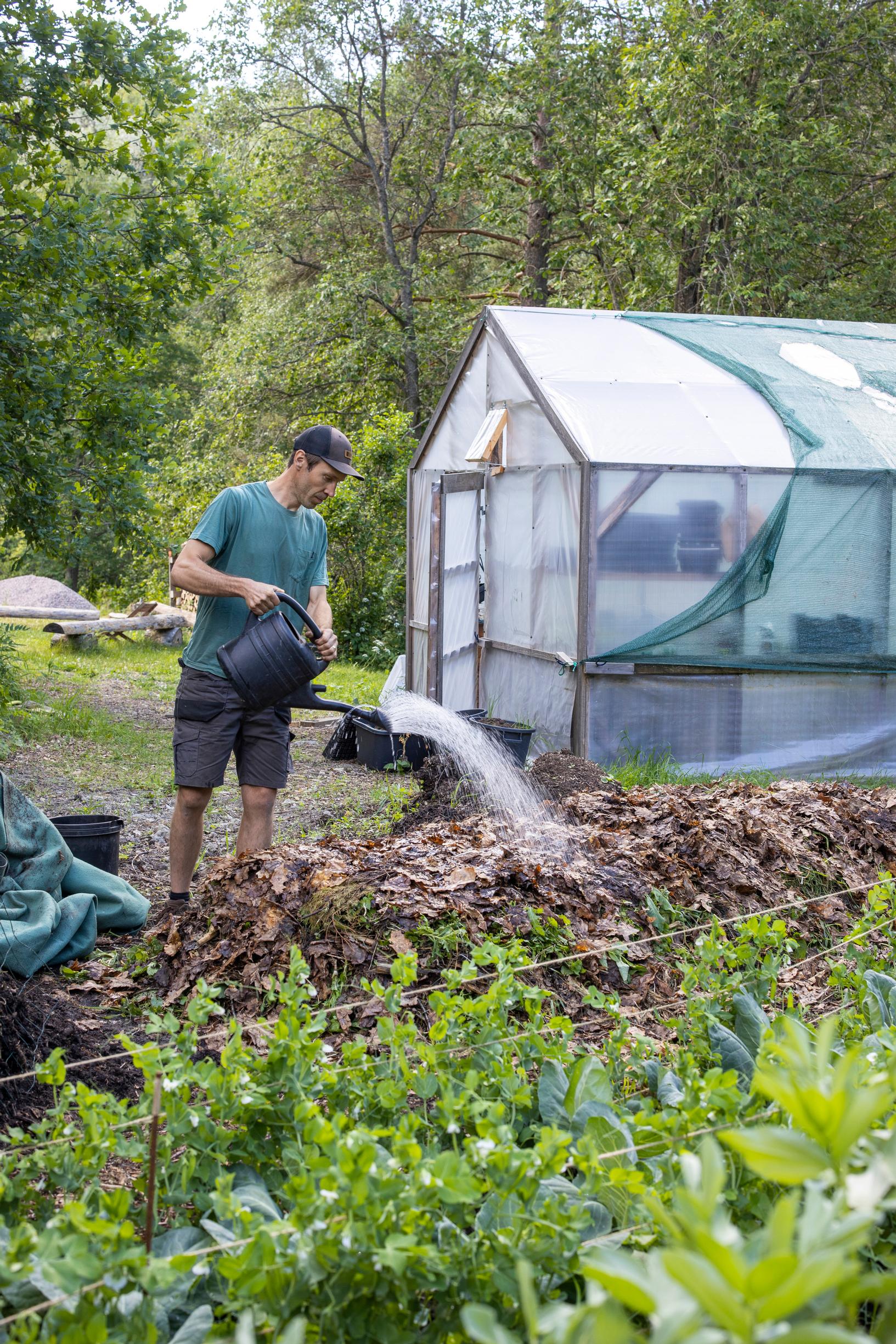
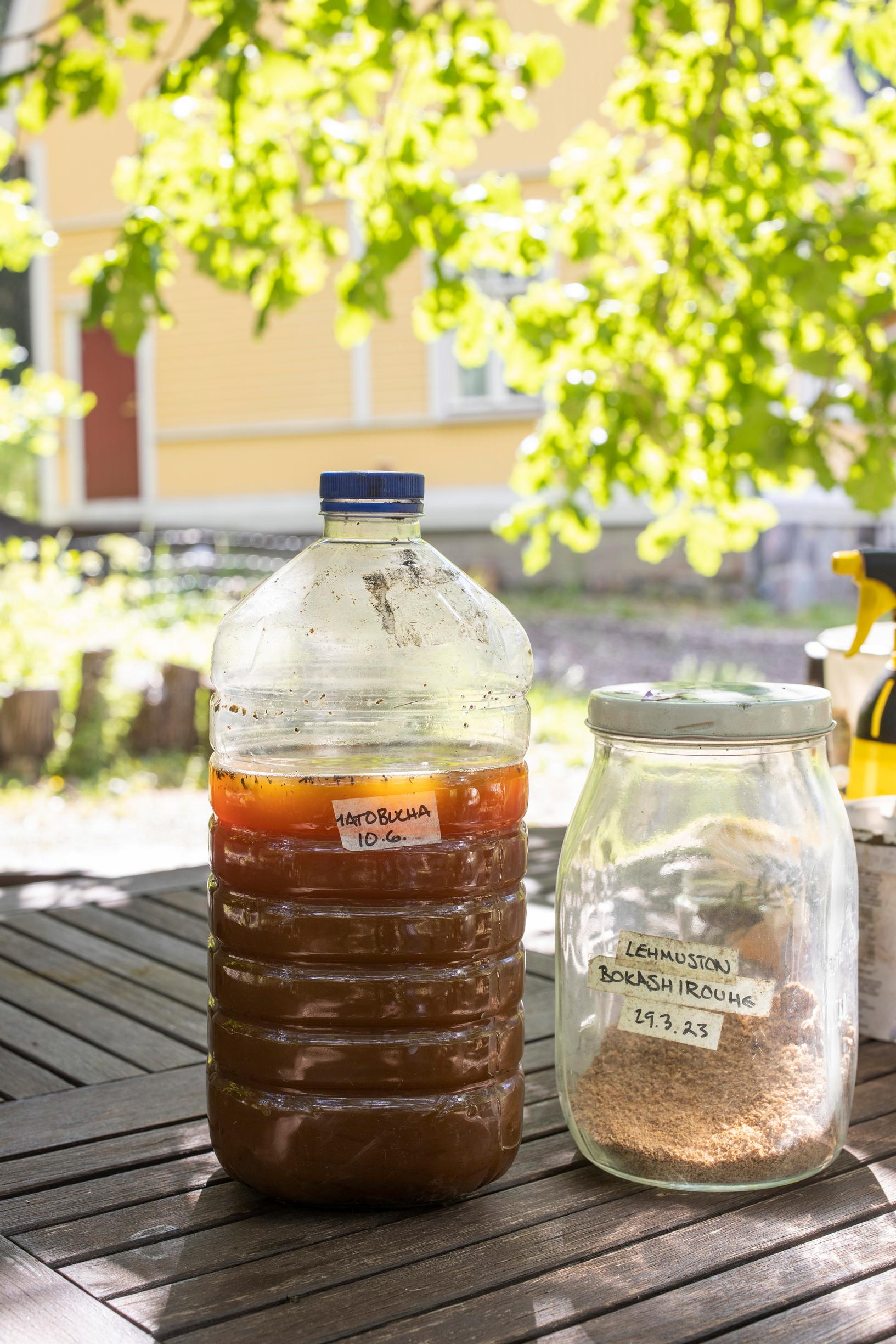
In addition to traditional garden compost, Kimmo has spent years exploring Japanese bokashi, which ferments materials, worm composting, and Elaine Ingram’s soil-food-web-based composting method, where all materials are piled up at once.
“When we still lived in an apartment building, a friend of mine gave me compost worms. Later, I took up bokashi because the worms couldn’t process all our food scraps quickly enough. Once, I tried feeding the worms some bokashi, and they loved it. Ever since, I’ve been mixing various composting methods.”
Usually, partially processed bokashi is mixed with old soil to become finished bokashi soil, but Kimmo adds the bokashi directly to his worm compost. Compared to standard rotting compost, bokashi fermentation preserves nutrients more effectively.
Bokashi is already the new big thing in composting, but Kimmo predicts its popularity will only grow.
“The method suits anyone, and you can do it in small spaces, even in an apartment.”
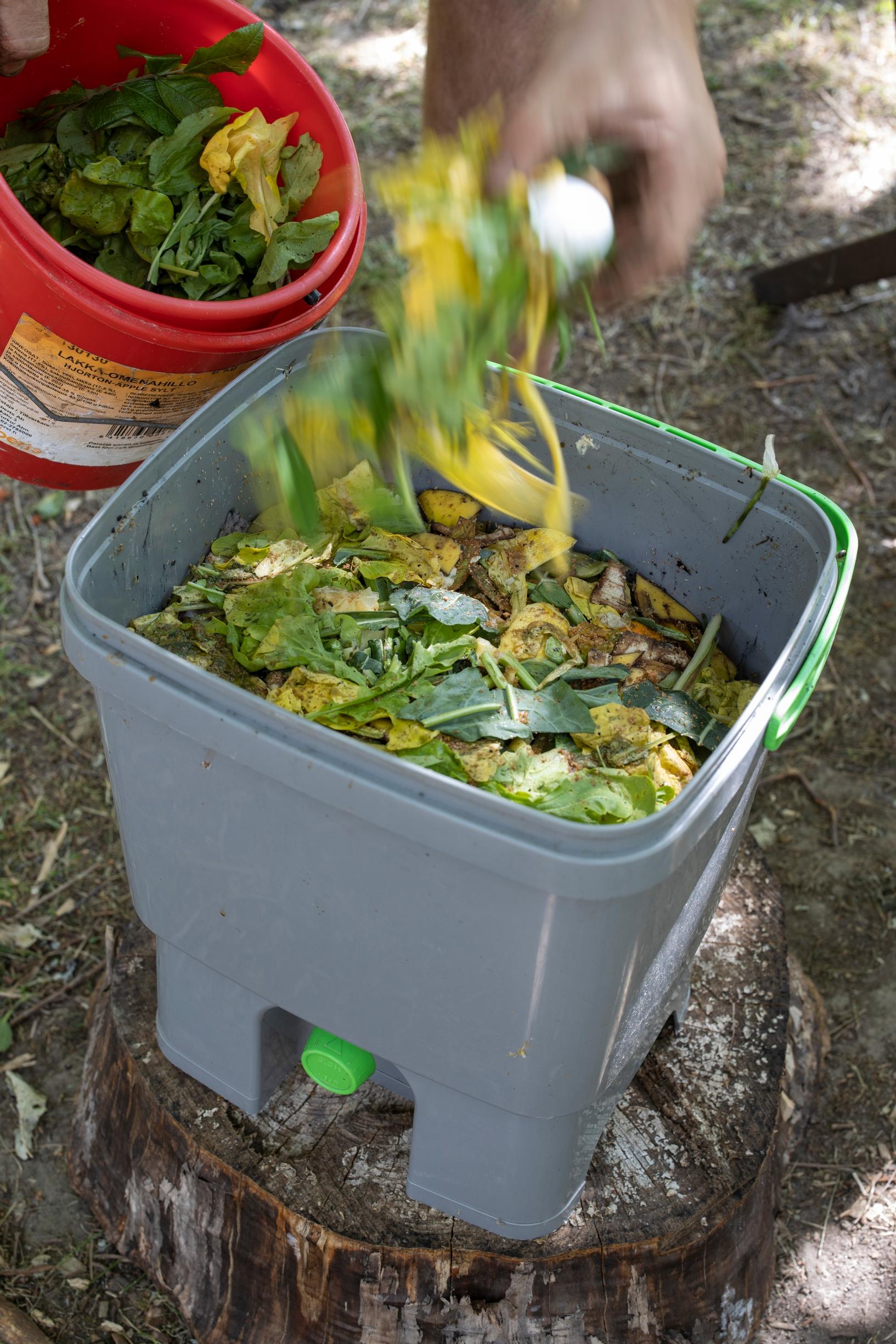
Kimmo’s composting tips
Use whatever you can find at home or nearby—that’s resource-smart. For example, you can ask neighbors for leaves. If you have no other option, cardboard egg cartons work as dry filler. The more varied the materials, the richer the compost.
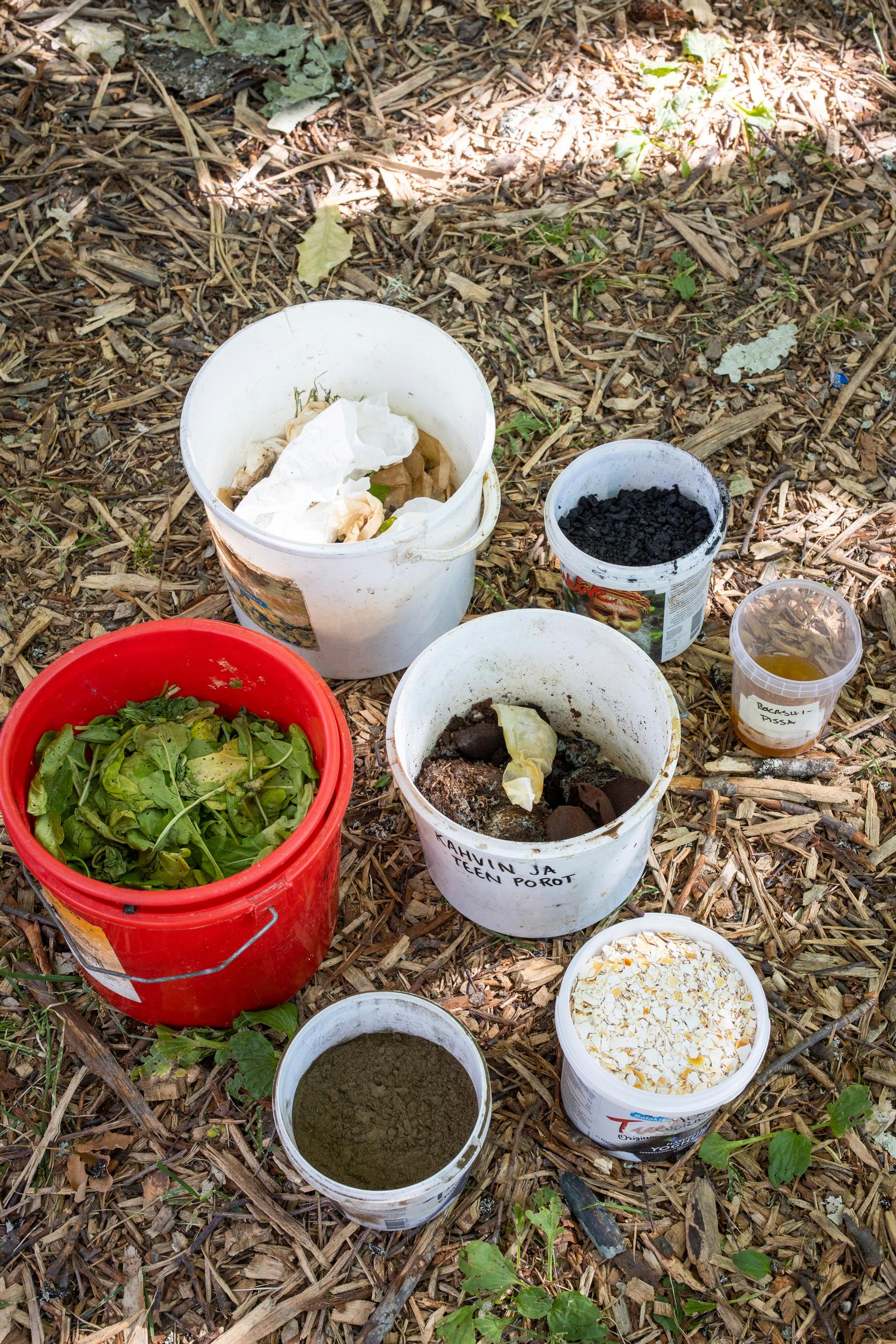
Add a bit of partially processed compost in the fall to your garden beds and cover it with mulch. The compost will continue to break down there and be ready by spring.
Screen the compost to get fine soil for sowing. Anything coarse that remains in the screen can go back into the compost.
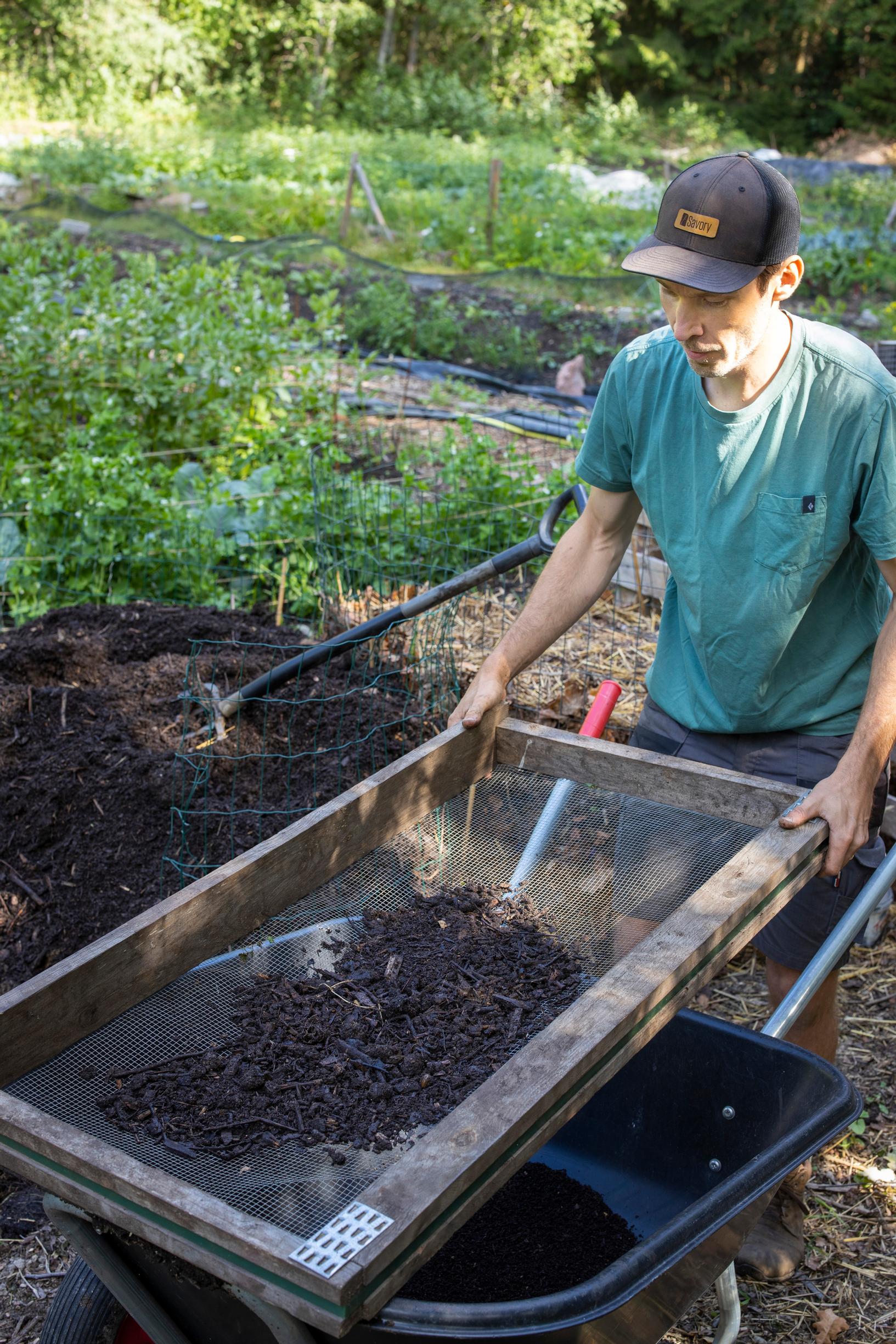
Don’t dig or turn the compost too often, but turning it at least once helps all materials break down more evenly.
Let a ready-piled compost heap mature and keep an eye on its temperature. It should stay around 55°C (130°F) for at least three days to cleanse the compost of weed seeds, roots, and many pathogens. Then, turn it so that the middle goes to the edges and the edges go to the middle. Let it mature again until it reaches about 60°C (140°F). At this stage, you can add some more green material to raise the temperature.
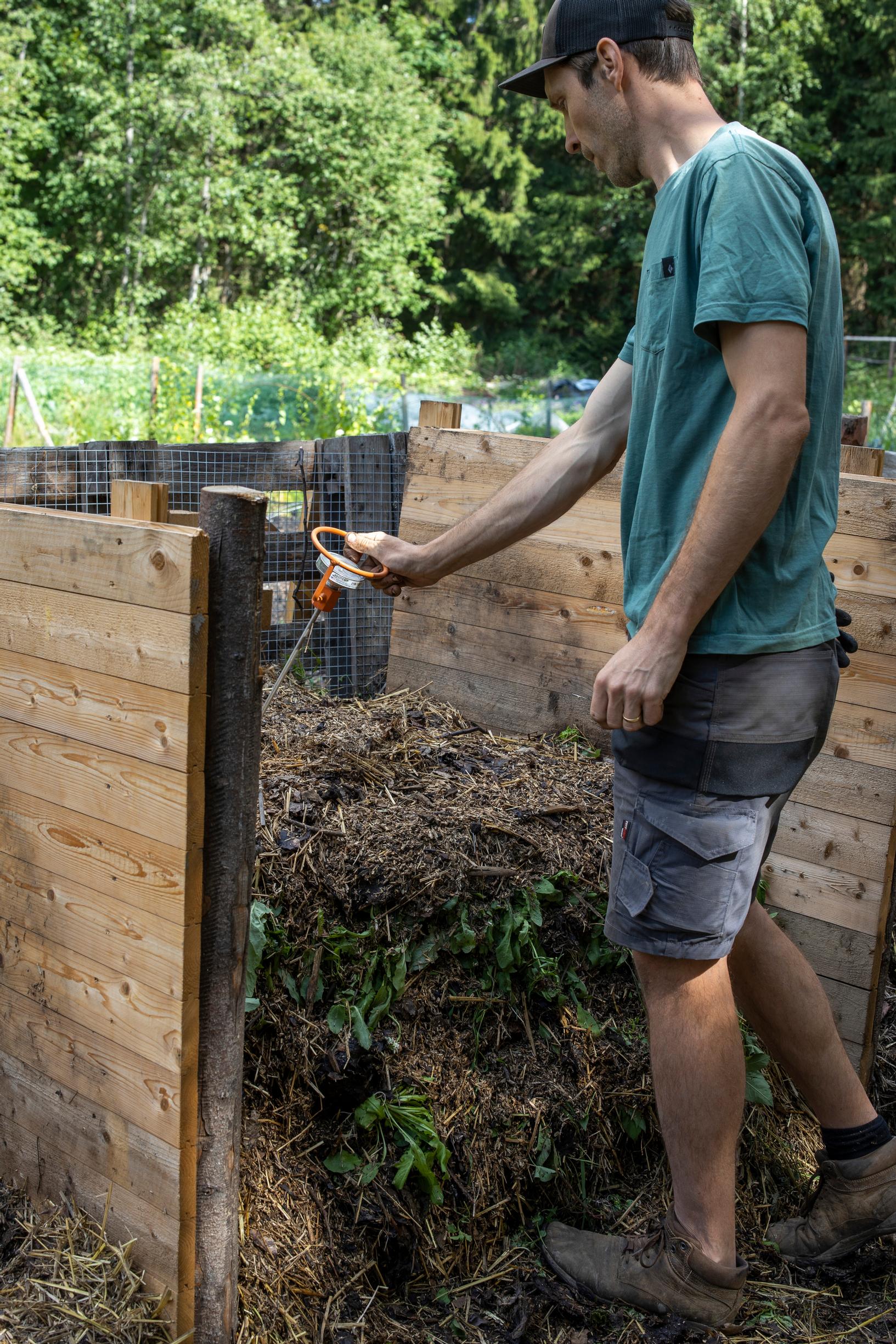
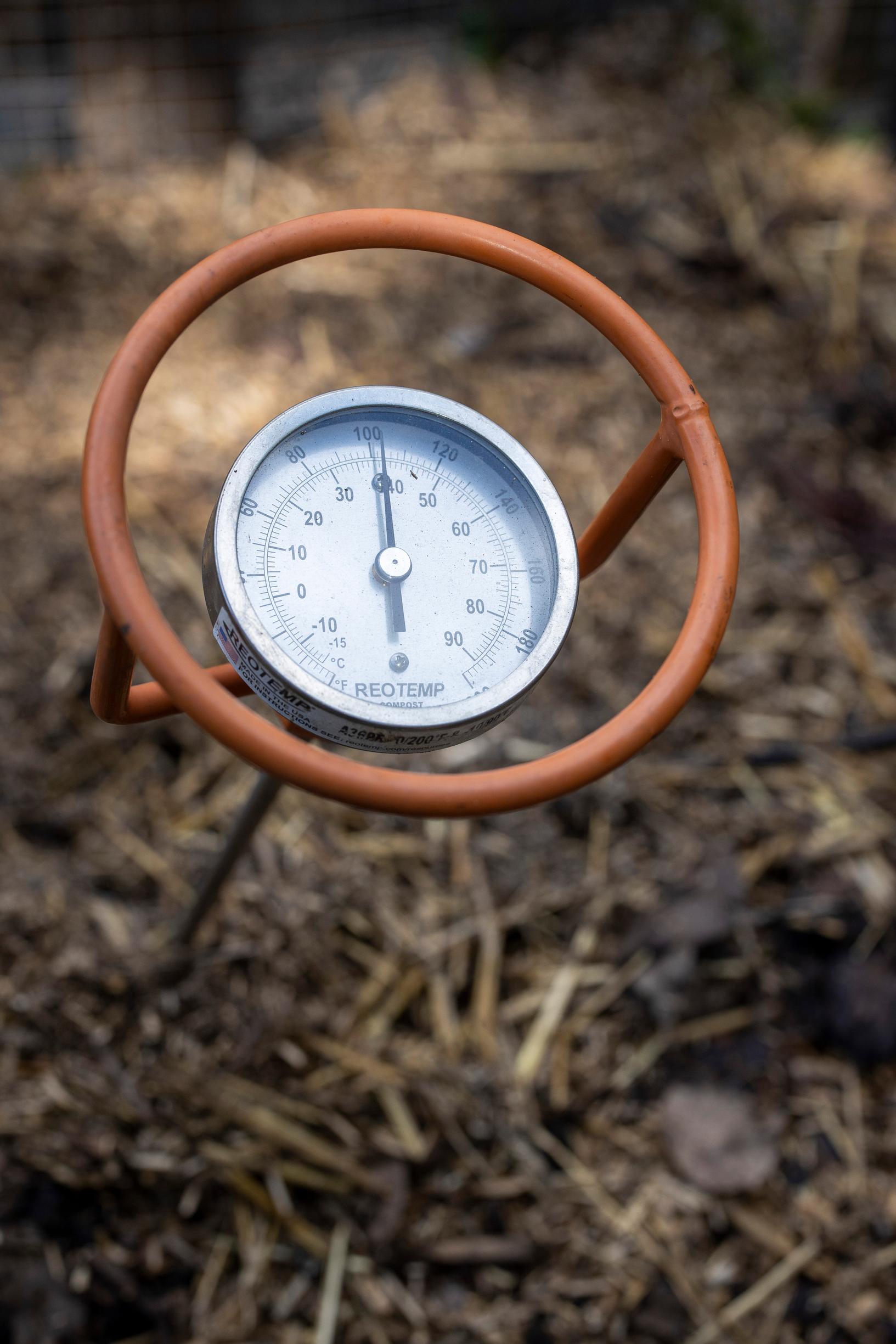
Place the compost in a visible spot so you’ll remember to care for it regularly.


